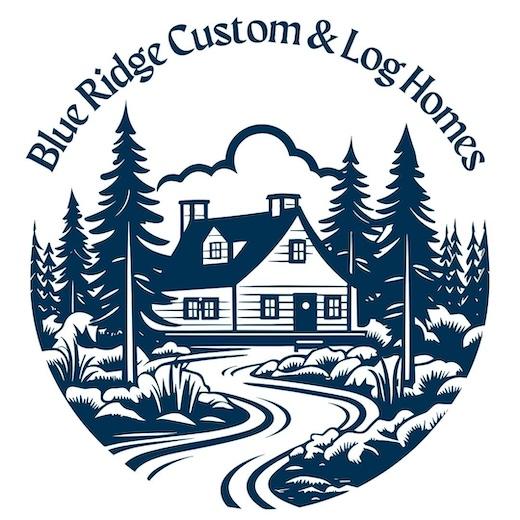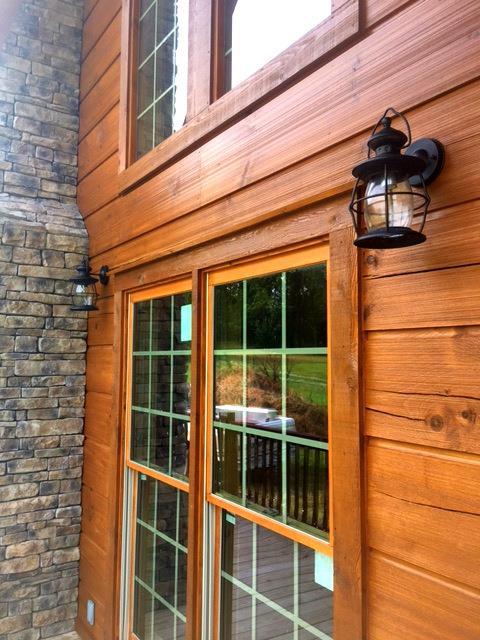Why is Kiln Drying Important?
Consistency and Durability. Kiln-dried logs undergo a “pre-shrink” process prior to milling, ensuring a uniform and sturdy wall system that experiences minimal settling and boasts tight joints. In many parts of the United States, our log wall system meets the criteria for a “non-settling” designation. Yet, our extensive experience enables us to adapt our building techniques to accommodate any slight wood variations.
Reduced Cracking. Meticulous drying in controlled conditions minimizes the occurrence of checks (cracks), which typically happen during kilning and final construction.
Precise Grading. Following kiln-drying, qualified inspectors meticulously grade logs to exclude any defective ones. Logs earmarked for your home package meet the LogWall-40 standard, as per TPI regulations.
Pest Control. The heat generated during kiln-drying eradicates fungi responsible for wood decay, along with any insects, their eggs, or larvae.
Resin Prevention. The majority of resin in the wood crystallizes during kiln drying, preventing sap from surfacing after construction.
Seamless, Long-lasting Finishes. Interior and exterior finishes can be promptly applied post-construction, offering convenient and immediate protection. These applications may penetrate deeper into the wood, ensuring durability over time.
Lighter Logs. With approximately 10,000 pounds of water extracted from a typical home, the logs become significantly lighter. This weight reduction allows for easier handling during construction, even with the longest logs, requiring only two individuals.


